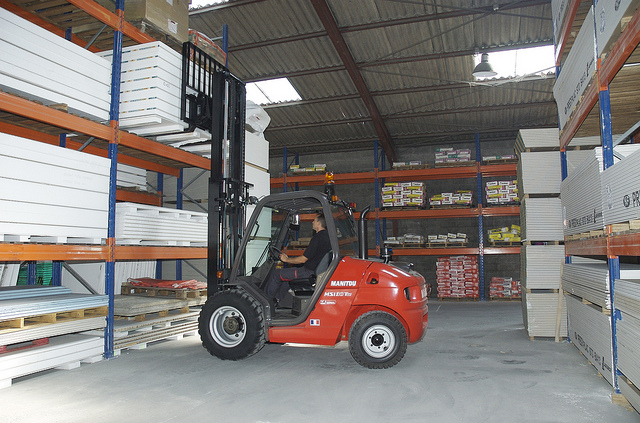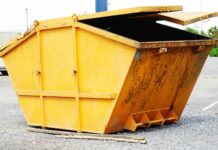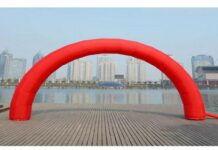Found in warehouses, construction sites, manufacturing workshops and beyond, it could well be faster to create a comprehensive list of industries that don’t utilise the forklift truck. Versatile, powerful and extremely handy, a forklift could well be on your company’s procurement list. The following article offers an introduction to the world of forklifts and what you, as a buyer, need to be aware of.
Lift Capacity
The first thing any buyer should be asking is ‘how much do I want my forklift to be able to move?’ The answer is going to play a fundamental part in your final decision and so, whilst the question is simple, it requires due care and attention.
Consider the largest capacity the forklift is ever likely to deal with, including unusual loads and anomalies. Furthermore, plan for the future as a well looked after machine can be run for many years. The size of your loads should also be taken into account.
Lifting capacities typically start around 1500kg although top of the range forklifts can manage well in excess of 25,000kg. Without going over the top, ensure your forklift has that capacity to manage the company’s current and potential future loads.
Lift Height
Considering how high you want to be able to lift with your new forklift is another ball game entirely. Not only must you consider the maximum height you wish to be able to reach, you’ll also need to consider warehouse and site entrances as a potential constraint on the height of your forklift’s mass. Your mast must be low enough for the forklift to enter the site whilst being capable of reaching as high as necessary.
There are 3 types of forklift mast to choose from here. A traditional mast will rise as soon as the forks begin to rise, something that is described as ‘no free lift’. Masts with partial free lift will allow the forks to rise up a section of the mast before the mast begins to lift. Finally, a mast with full free lift does not rise at all, instead allowing the forks to traverse up and down its length.
Power
The next consideration you’re likely to consider is fuel by which your forklift is powered. Whilst there are other variations, the two most common choices are electricity and internal combustion. Each has their advantages and disadvantages as described below.
Firstly, an electric powered forklift runs from a large battery, similar to the sort found in a car. Fully charged, a battery will usually last up to eight hours before refuelling is required. Arguably the main advantage of powering your forklift by electricity is the fuel cost, which is significantly less than using diesel fuel. Moreover, the batteries produce no emissions; essential for indoor operation. The trucks are also far quitter than those powered by internal combustion engine.
On the downside, electric powered forklifts are up to 40% more expensive to purchase than their diesel counterparts. They also require semi-frequent charging and so purchasing spare batteries is considered best practise. A battery charging station and battery changing equipment is also required.
Internal combustion engines come in two varieties – those that run on diesel and those that run on liquid propane. They are easily refuelled, cheaper to purchase but cost more to run. The diesel varieties cannot be used in doors due to their emissions. Forklifts powered by internal combustion engines are only really necessary for particularly heavy handling and capacities of over 15,000kg.
New or Used?
The new vs used debate is a common one, and one that often comes down to personal preference. The general rule of thumb is, if you plan on using the forklift day in day out, investing in new equipment is often the best course of action to take. As a pinnacle part of your operations, the initial outlay will almost always be repaid in reduced maintenance and repair costs.
It therefore follows that if you are only planning to use the forklift for a couple of hours a day, buying second hand is the best course of action. Used forklifts are usually well reconditioned and should give you several years of service.
Special Requirements
Finally, it may be that your site or job throws up some special requirements. In these cases it may be advisable to look at other machines such as telescopic handlers (telehandlers) or roto telehandlers. These machines are half forklift – half crane, are incredibly versatile and able to handle much heavier loads than a typical forklift.
















